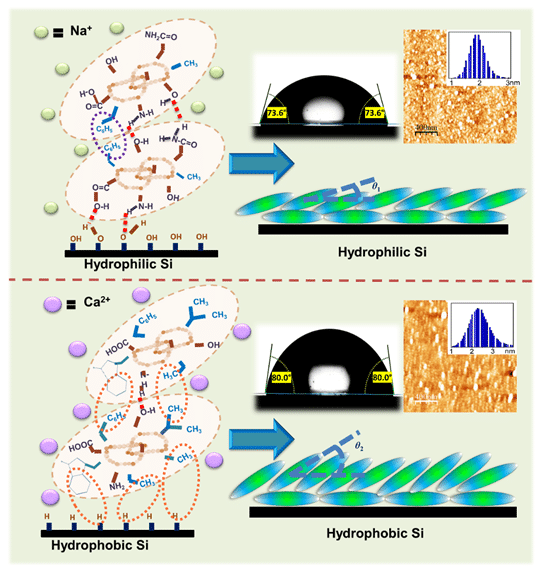Advancements in Protein Adsorption Research

Recent research from the Institute of Advanced Study in Science and Technology (IASST) in Guwahati, India, has made significant strides in understanding protein adsorption. The study focuses on stabilizing bilayers of lysozyme protein molecules on silicon surfaces, both hydrophilic and hydrophobic. This work aims to mimic the natural protein adsorption processes that occur in living organisms. By doing so, researchers hope to enhance the performance of implants and biomaterials in medical applications.
Understanding Lysozyme and Its Role
Lysozyme is a model protein commonly found in human tears, sweat, milk, and saliva. It contains four disulfide bonds, which contribute to its stability and functionality. This protein plays a crucial role in the immune system by breaking down bacterial cell walls. In the context of biological processes, ions are essential. They regulate various functions, including electrochemical potential, fluid-electrolyte balance, and muscle contraction.
When implants are introduced into the body, they interact with these ions, leading to ion-mediated protein-surface interactions. This interaction is vital for the successful integration of implants. The research team at IASST aimed to replicate these interactions in a controlled laboratory setting. By doing so, they can better understand how proteins like lysozyme behave when they come into contact with different surfaces in the presence of ions.
The Research Process and Findings
The research team, led by Dr. Sarathi Kundu, focused on fabricating lysozyme bilayers in the presence of various ions. They used mono-(Na+), di-(Ca2+), and trivalent (Y3+) ions to stabilize the bilayers. The process involved creating a bottom layer of lysozyme molecules oriented side-on, while an upper layer exhibited either a side-on or tilted orientation. This configuration is essential for mimicking the natural adsorption of proteins in biological systems.
The researchers explained that the stabilization mechanism is influenced by interactions between the ions and the lysozyme molecules. They found that modified hydrogen bonding, hydrophobic interactions, and electrostatic forces play significant roles in this process. The competition between lysozyme-lysozyme interactions and lysozyme-surface interactions in an ionic atmosphere leads to the adsorption of proteins in their native globular form on hydrophilic surfaces. Conversely, on hydrophobic surfaces, the proteins adopt a slightly elongated structure.
Implications for Medical Applications
The findings from this research have important implications for the field of biomaterials and implant technology. By stabilizing lysozyme bilayers at room temperature, the study provides a framework for mimicking real biological processes. This could lead to improved performance of implants and biomaterials, enhancing their compatibility with the human body.
The research was published in the New Journal of Chemistry, a reputable journal under the Royal Society of Chemistry. The insights gained from this study could pave the way for future advancements in medical technology, particularly in the development of more effective and biocompatible implants. As scientists continue to explore the interactions between proteins and surfaces, the potential for innovative solutions in healthcare remains vast.
Observer Voice is the one stop site for National, International news, Sports, Editor’s Choice, Art/culture contents, Quotes and much more. We also cover historical contents. Historical contents includes World History, Indian History, and what happened today. The website also covers Entertainment across the India and World.

